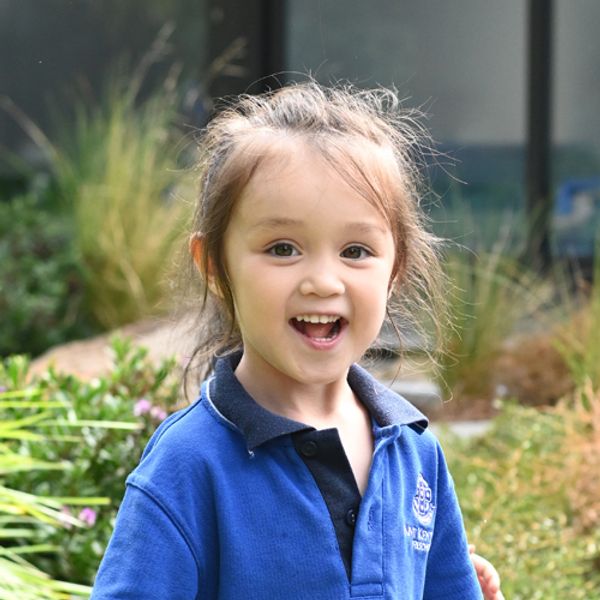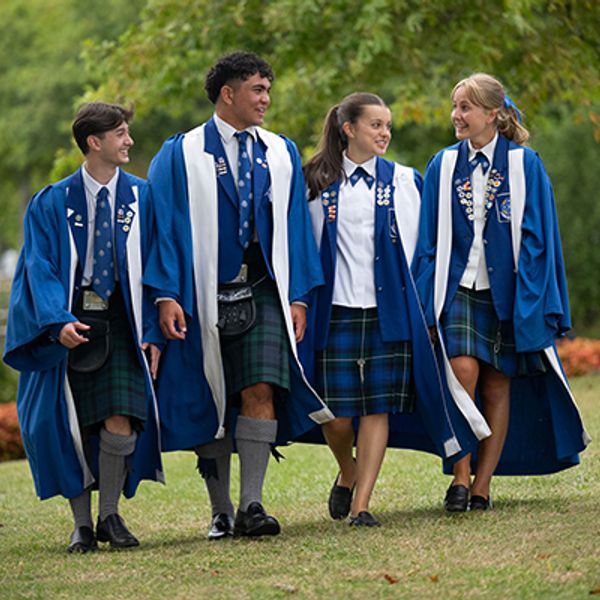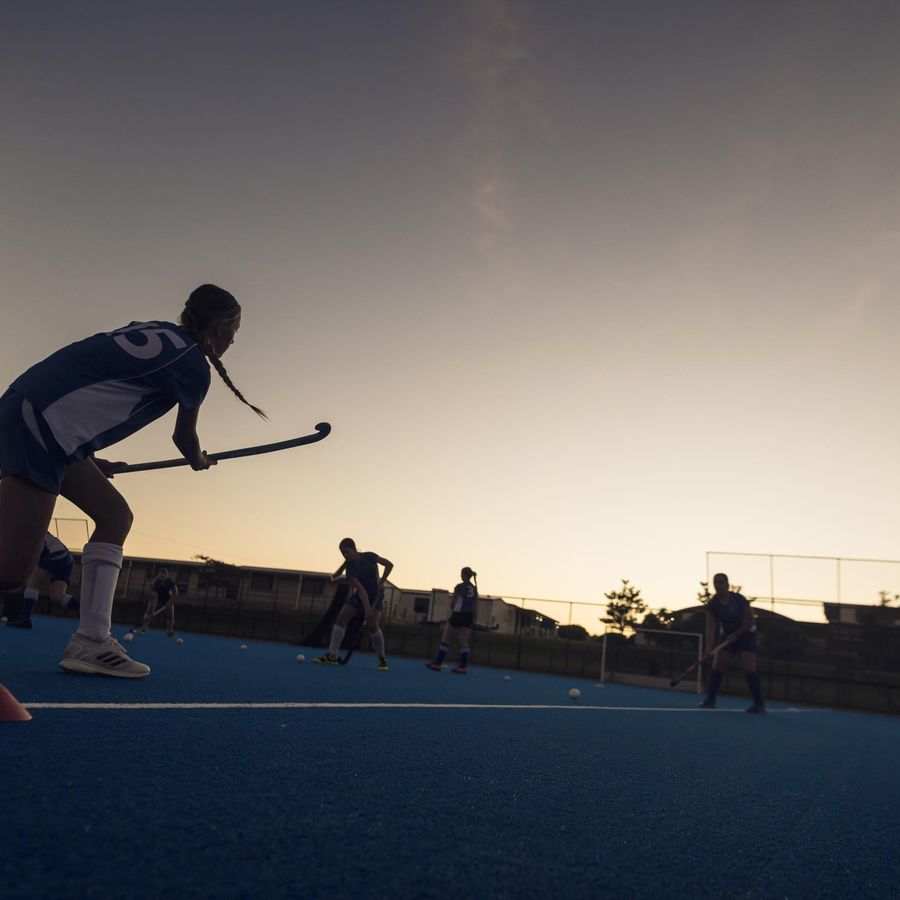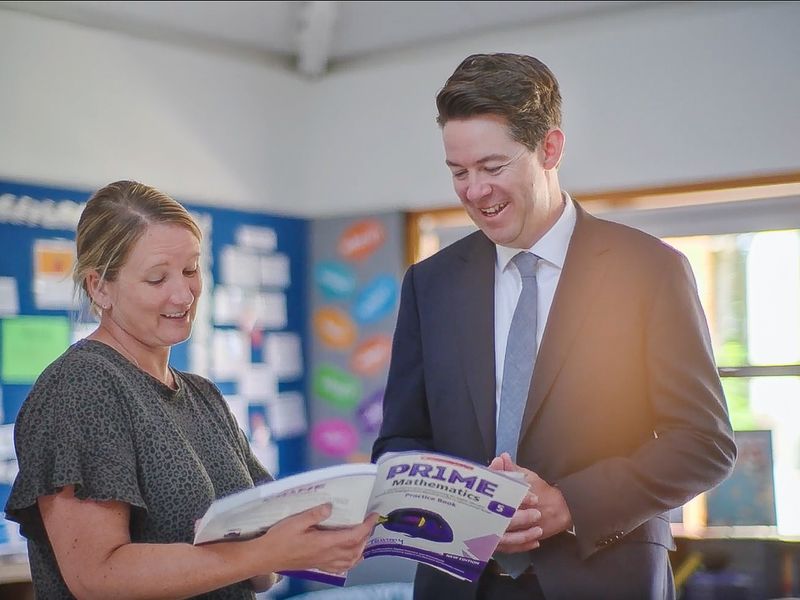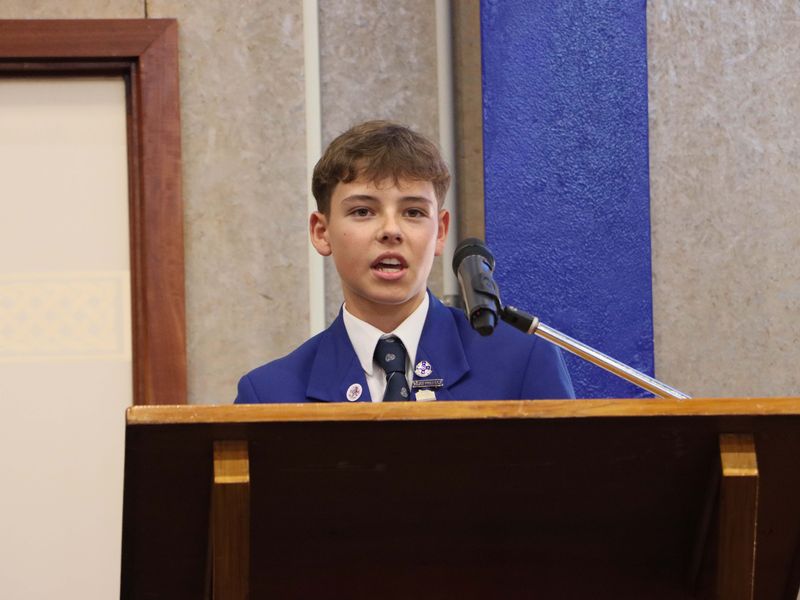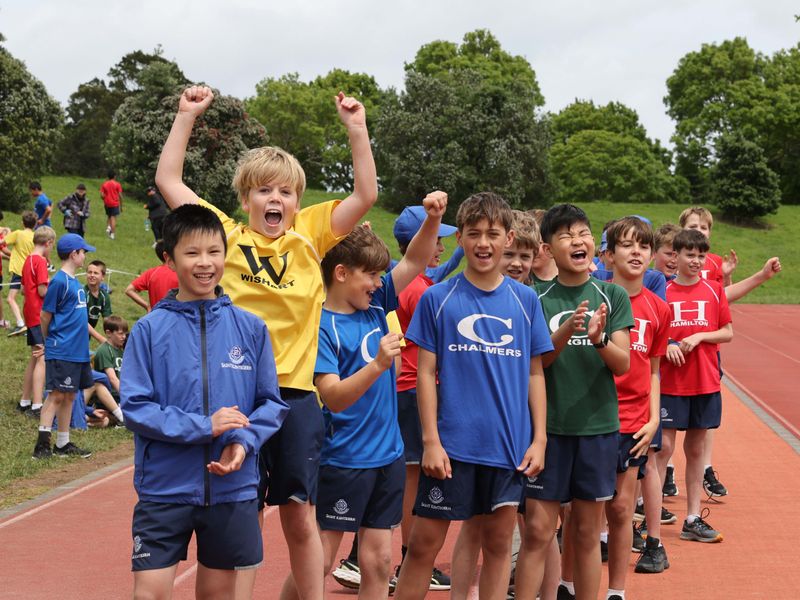
A Fair Test
A Fair Test
September 17, 2020 at 3:03 PM
Will it float or will it sink? What do I think will happen? How will I test this? What equipment will I need? Were my predictions right? If it sinks, what changes could I make to help it float? How can I record and report my findings?
In trying to understand how our world works, scientists make predictions - a ‘guess’ based on what they already know or understand – and then go on to investigate and draw conclusions.
With a simple piece of Blutac and a cup of water, our Year 4 boys became young scientists this morning, making predictions and testing to see if their predictions were correct. The aim was to see if they could make a piece of Blutac float.
To conduct a fair test, the boys learnt that it is important to only change one factor at time, while keeping all other conditions the same, so whilst the cup of water stayed constant, they experimented with the size and shape of the Blutac.
What followed was a very sustained effort to make a small piece of Blutac float! As the boys worked, engineering skills were also brought into play through a design process of building, testing and making improvements to solve their problem, taking in the variables of shape, size, weight and thickness – just as scientists make models to find answers to their problems. The level of communication amongst the boys was fantastic, as they collaborated and shared ideas, firstly together in their pairs and then with other groups.
It soon became clear that what seemed like a simple task was a much bigger challenge than expected! Modifications needed to be small and precise with failure becoming part of the learning process. Failures also sparked some new design ideas. Whilst not strictly solving the buoyancy problem, some boys experimented with stretching the sticky substance to tether part of it to the rim of the cup. Whilst their design was not ‘floating,’ it was, nevertheless, an innovative design solution!
This simple hands-on experiment became a celebration of a scientific process as the boys’ curiosity was triggered and they became actively engaged in finding solutions and recording their outcomes. When students experiment, they're learning how to learn and judging by their keenness to share their findings, there was certainly plenty to learn this morning from a small piece of Blutac!
Click here to view the gallery.
